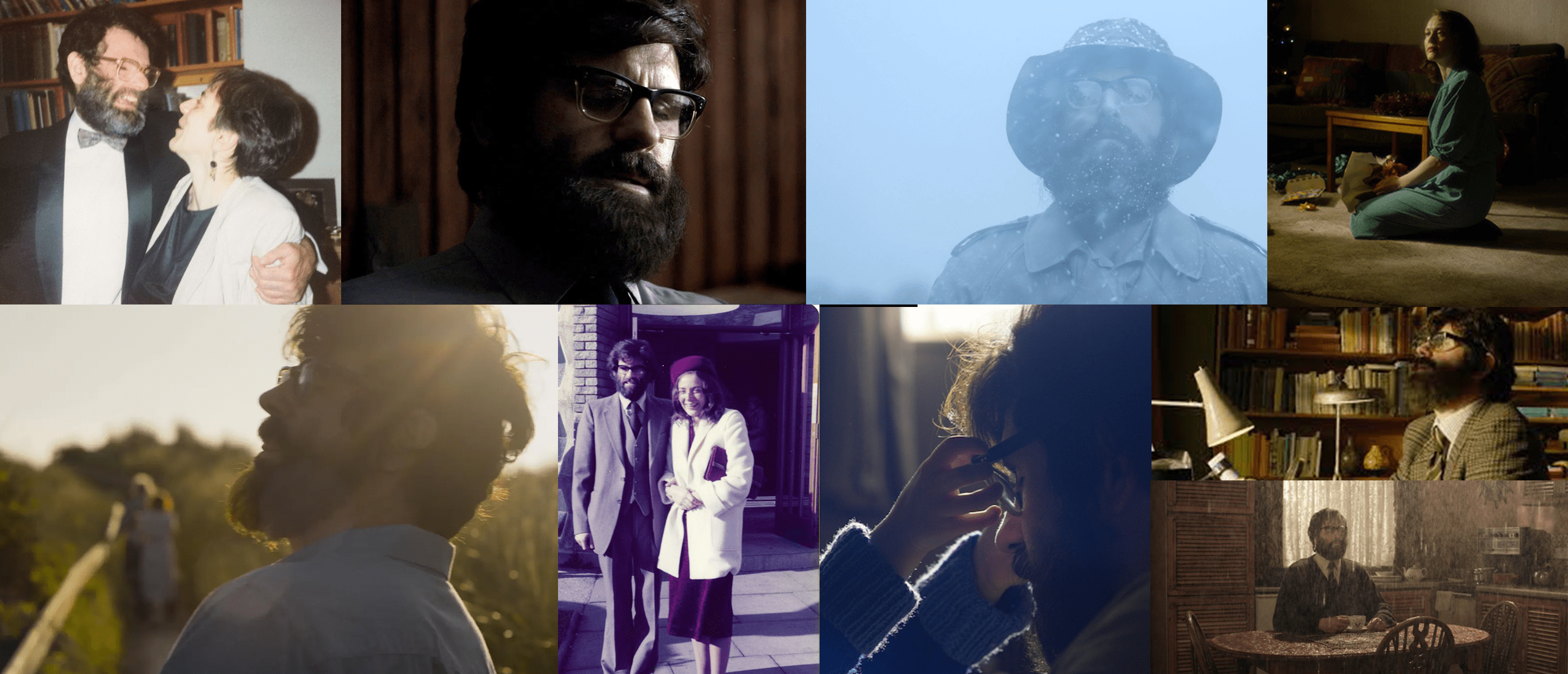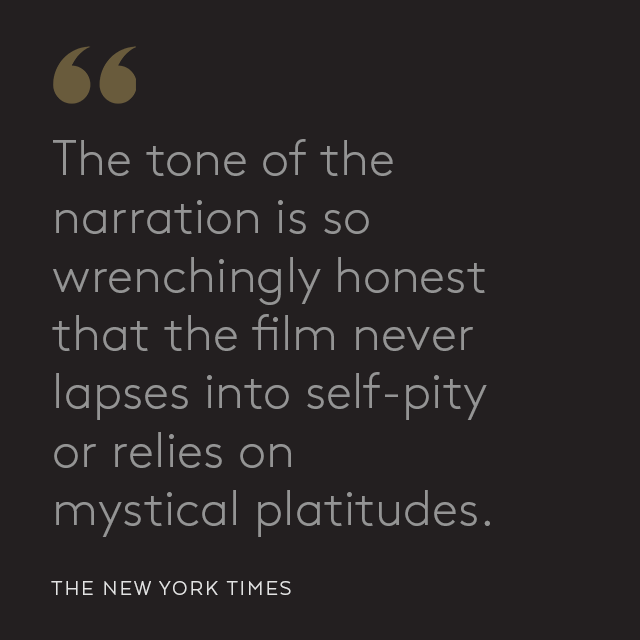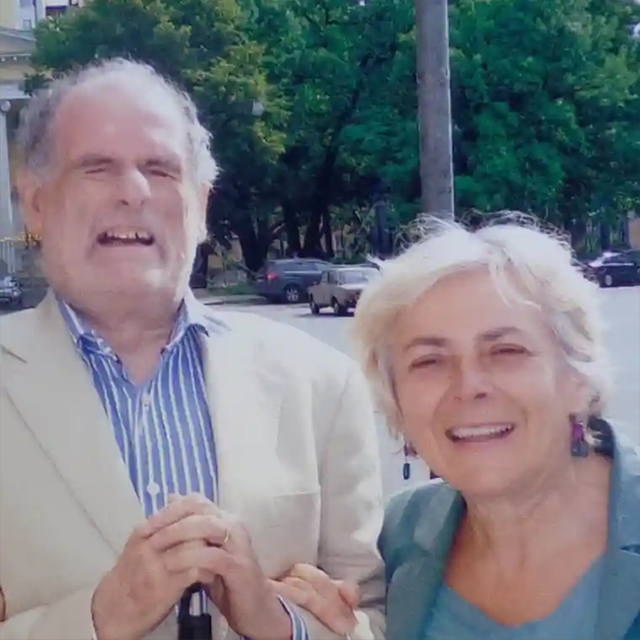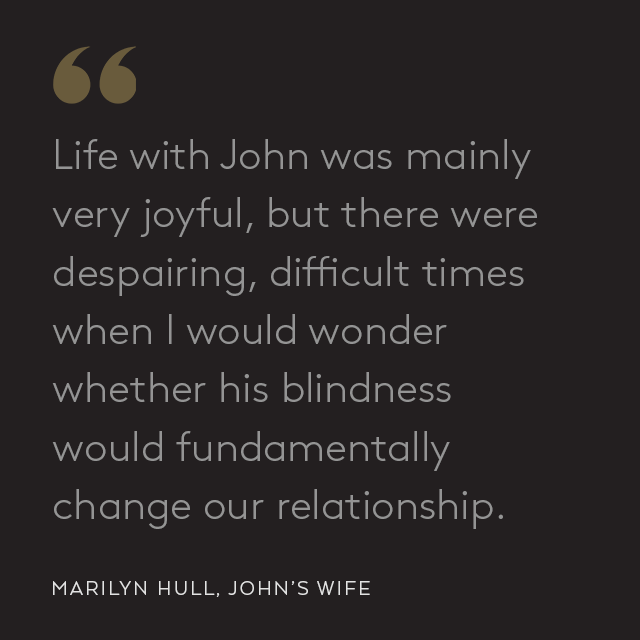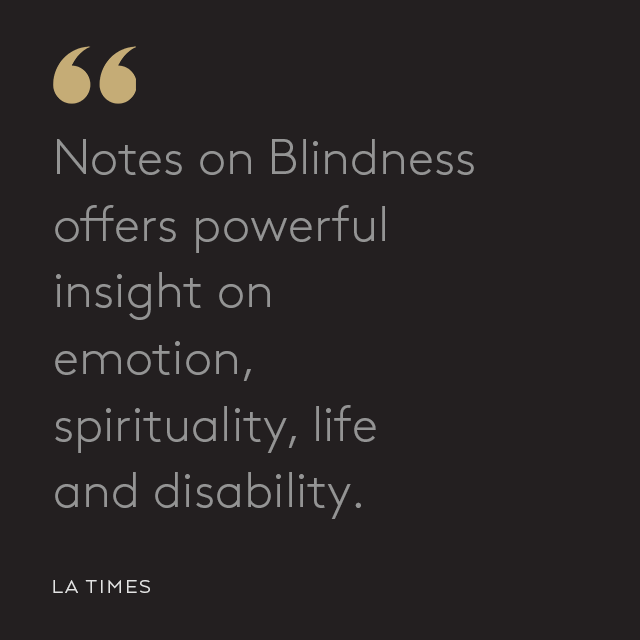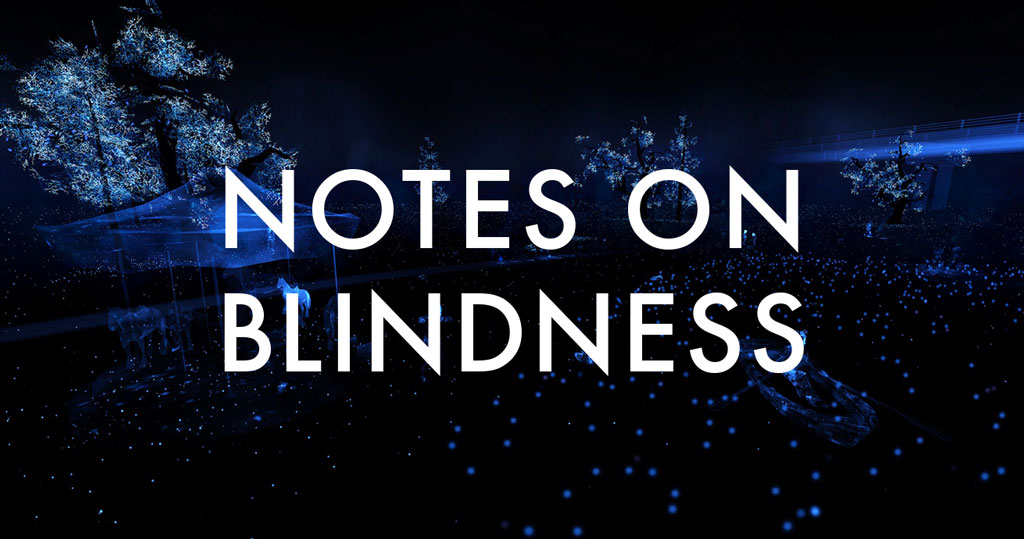
ABOUT
Notes on Blindness: Into Darkness is a beautifully crafted landmark 360 film project that premiered in 2016, answering a fundamental question about the form at a time when the field of moving image media was unconvinced that immersive experiences were valuable. Why VR or 360, when flat film is a more refined and effective medium?
In Notes on Blindness: Into Darkness, the makers at Atlas V unequivocally answered the question “Why immersion?”, while diffusing the unnecessary binary tension the field placed on the relationship between film and immersive mediums. This project was in collaboration with an acclaimed flat feature film documentary. The pieces seamlessly complemented each other and combined to give audiences the breadth, depth, and embodiment of the story.
While the feature film (Notes on Blindness) told the story of an articulate professor documenting his transition from being a sighted to an unsighted person, the immersive piece gave audiences an experience of echolocation. In effect, the tables were turned, where sighted people shifted from sympathy for someone who “lost” a sense, to a realization that they have been so dominated by eye data inputs to their brain they have become “sound blind.”
Finally, the Into Darkness experience uses beautiful dichromatic moving digitized images that whisper dull soft light to give shape to the soundscape in a delay to illustrate what sighted audiences somehow silenced in the processing of their environment. In short, the immersive and digital equivalent to gorgeous cinematography was achieved in this project. The experience answered the “why immersion?” question with innovative design technique, a compelling experience, an emotional journey, and transcendent aesthetics—all elements of an excellent story.
